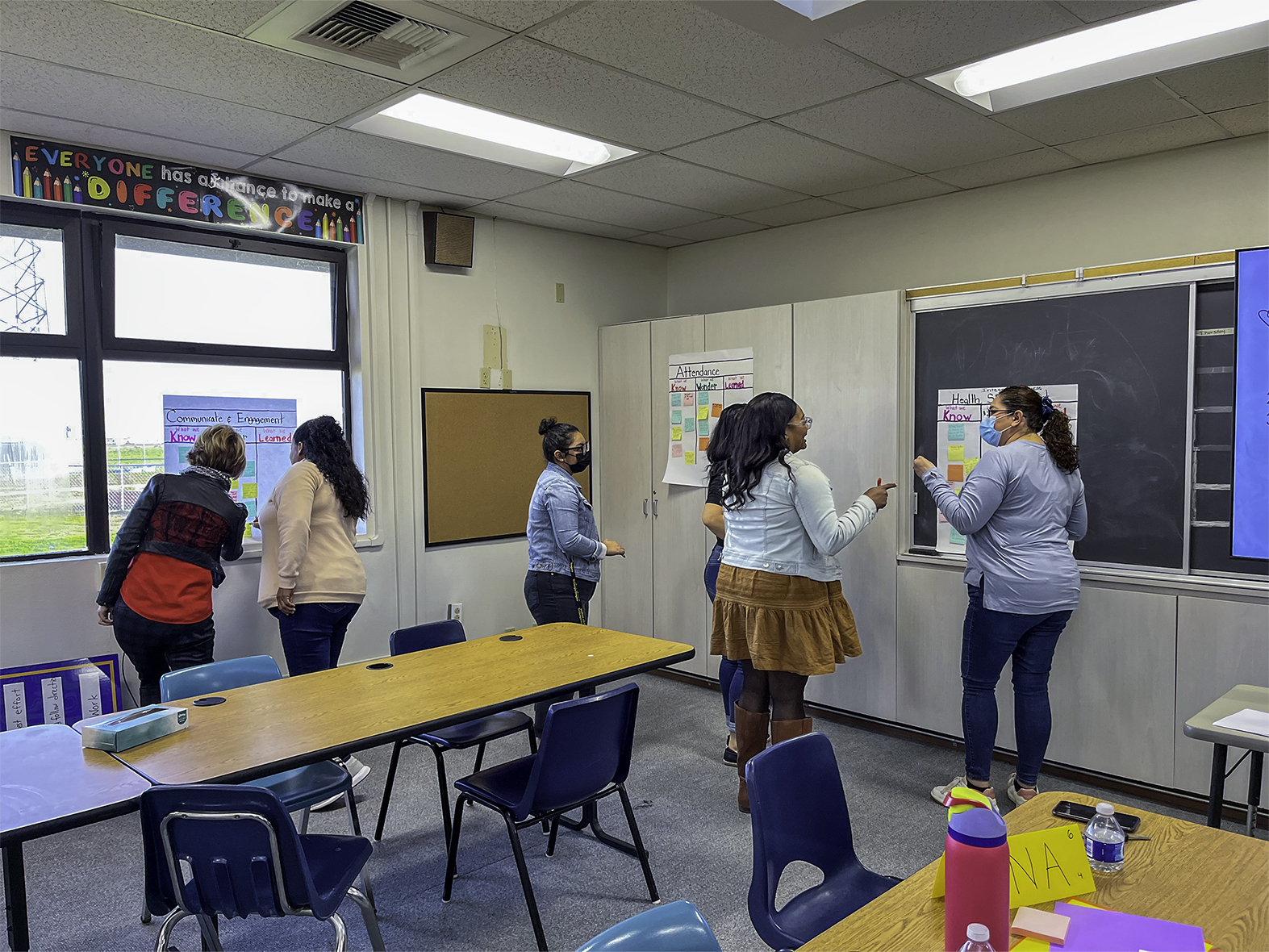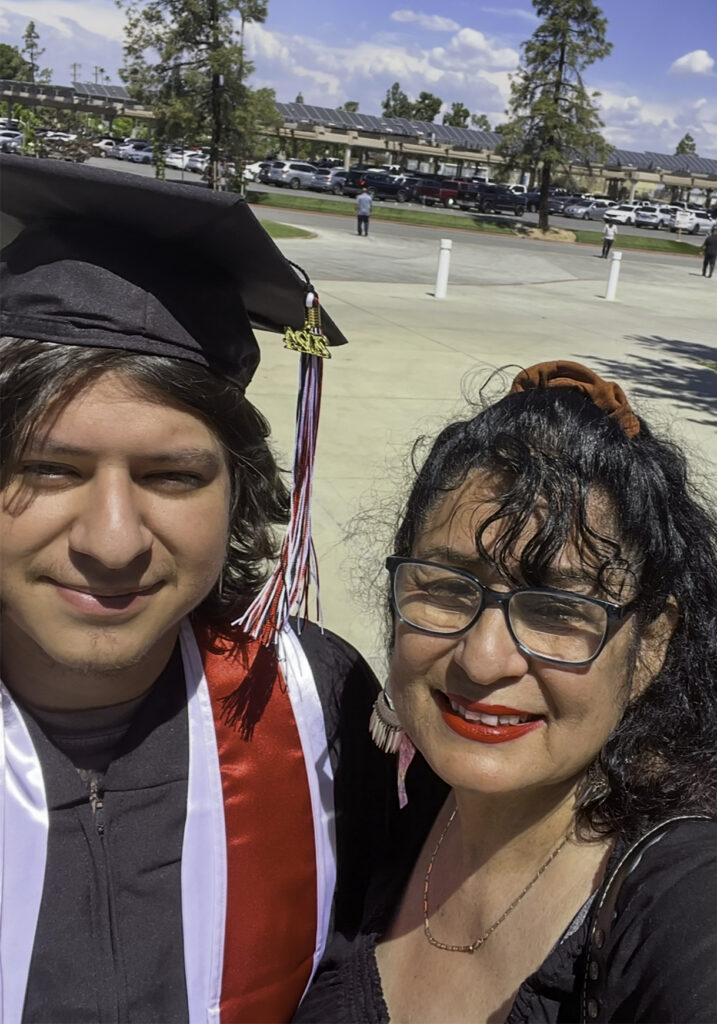
Empowering Parents: How School Site Councils Help Families Shape Student Success
Wednesday February 12, 2025
When Maria Teresa Herrera moved to Bakersfield from Chula Vista, she was determined to navigate the education system to give her five children the best opportunities possible. She immersed herself in school meetings, spoke with teachers, and advocated for Dual Language Immersion programs. Her commitment to parent involvement led her to the School Site Council (SSC), a space where educators, parents, and sometimes students come together to make decisions that directly impact student achievement and school improvement.
Now, more than two decades later, Herrera continues to serve on local councils and committees to advocate for parents and students. She believes that parental involvement is crucial to student success and encourages all parents to take an active role in their child’s education.



Herrera joined her School Site Council and other community groups to support and advocate for all her children.
“If I want my kids to do well, I have to learn to navigate the education system here,” Herrera explained. “I was talking to teachers and going to meetings to try to absorb that information.”
For Kern County Superintendent of Schools (KCSOS) administrator and former school superintendent Erica Andrews, the power of SSCs was evident from the moment she became involved.
“It’s one group that truly represents all stakeholders,” Andrews said. “It’s set up where everyone has an equal voice. You have an equal number of parents as you do school staff. And at some sites, you also have student participation.”

Andrews describes a School Site Council as a decision-making body that determines the school’s needs and works on a plan to help meet those needs. The most significant responsibility of the SSC is to do a comprehensive needs assessment, which takes feedback from school staff and the community. The SSC then uses that assessment to craft the School Plan for Student Achievement (SPSA).
“You find where the gaps are and work in coordination with each other to best serve all the kids in the district,” Andrews emphasized.
Once the plan is developed, it is taken to the school board for approval, and after approval, the SSC monitors its implementation to ensure effectiveness. According to the California Education Code, every school site must have a council of at least ten members composed of school officials and community members. The SSC is required before a school can apply for federal funding.
Now that her children are grown, Herrera’s advocacy extends beyond a single school. As a member of the English Learner Advisory Committee (ELAC) and the District English Learner Advisory Committee (DELAC), she has pushed for stronger bilingual education programs and improved communication between schools and parents. She says serving on these committees allows her to provide feedback and advocate for students at a district level.
“We have to get feedback. We receive all the information and then we go to the district so we are able to advocate for our students,” Herrera said.
The impact of School Site Councils goes beyond just policies and paperwork. Andrews recalls how one SSC’s input transformed Orangewood Elementary School’s extracurricular offerings.
“One of the best ideas we got from our School Site Council was adding a soccer program,” she explained. “We worked with our expanded learning program to incorporate it into our after-school activities.”

Children play with soccer equipment obtained by a SSC.
SSCs can drive significant academic changes as well. Andrews shared how a council helped launch a transitional kindergarten (TK) program in a rural district.
“Our School Site Council really helped us get the word out in the community,” she said.
While SSCs provide parents with a voice in decision-making, maintaining engagement — especially at the high school level — remains a challenge.
Herrera says that as students get older, many parents assume their children should take more responsibility for their own education, leading to a decline in parental involvement. She believes schools must work harder to engage parents early and keep them involved through high school. Attending board meetings, which are open to the public, and joining SSCs or other committees are ways parents can stay informed and make a difference.
“I really believe that we have made a difference because we are involved and vocal about the needs of our students,” Herrera said.

Herrera continues to be involved in several organizations to promote family and community engagement in the classroom.
To ensure SSC members are prepared for their responsibilities, KCSOS offers training sessions on developing and implementing the SPSA.
“We go over the roles and responsibilities of SSCs, and most importantly, how to conduct a needs assessment,” Andrews said.
If you would like to be more involved, Andrews suggests reaching out to your child’s teacher or principal to find out next steps. She says helping train and guide SSCs is her way of giving back.
“The county office was always so supportive of me when I was in a school district. I love being part of that cycle of support.”
By Katie Avery
Katie Avery joined the Kern County Superintendent of Schools in 2023 as a Communications Specialist. As a former journalist and marketing professional, her passions include media and storytelling. Before joining KCSOS, Avery worked for various local TV stations as well as the health care industry.
